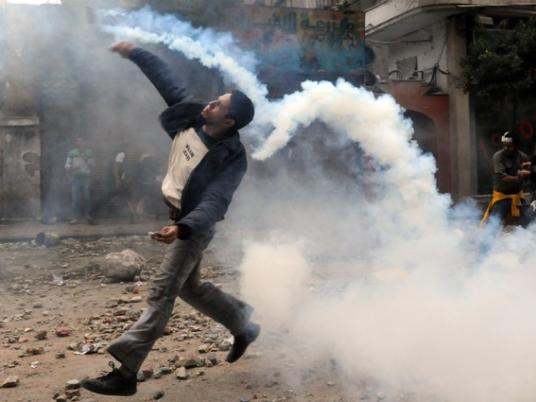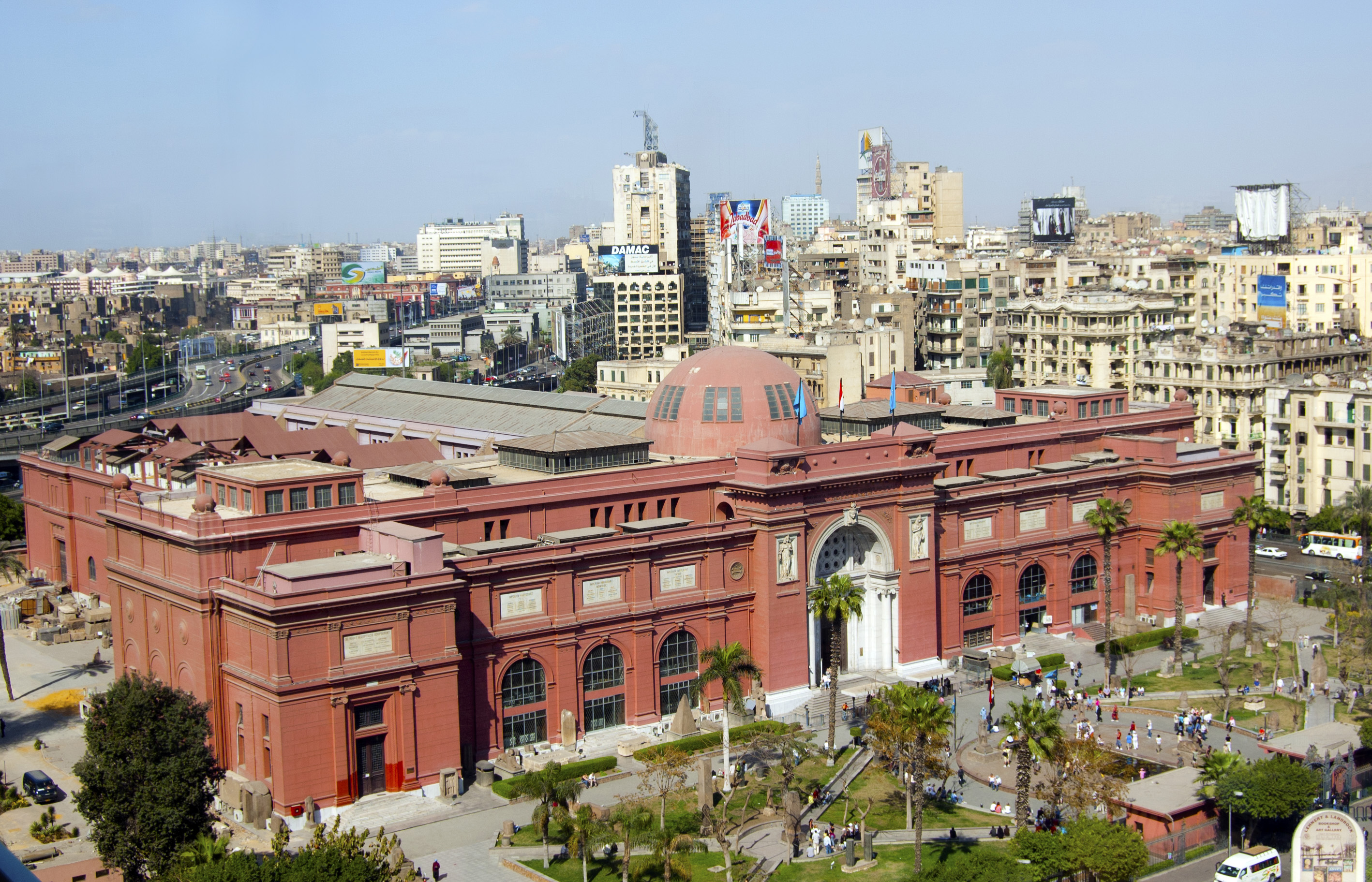
Since Saturday morning, when violent clashes first erupted in Tahrir Square, large quantities of tear gas have been used against protesters by police forces almost continuously.
Despite issues such as its toxicity to humans and reported cases of asphyxiation from prolonged contact, experts also say that such a prolonged release of large quantities of the gas is detrimental to the environment, particularly in an urban setting, due its proximity to surrounding organisms.
“Of course, placing issues of human toxicity aside, such continued release of chlorobenzylidene malononitrile [the primary compound in CS gas] is extremely destructive to the environment, from depleting ozone levels to damaging animals with inferior immune systems,” says Mahmoud al-Refai, a research associate at the Institute of Environmental Studies and Research at Ain Shams University.
“It usually isn’t of main concern because it’s often deployed sparingly to disperse crowds, but continued emissions in large quantities can be likened to gas flaring,” he adds.
Gas flaring is the process of burning excess gas, often seen on oil rigs. Intergovernmental Panel of Climate Change officials have warned against gas flaring.




